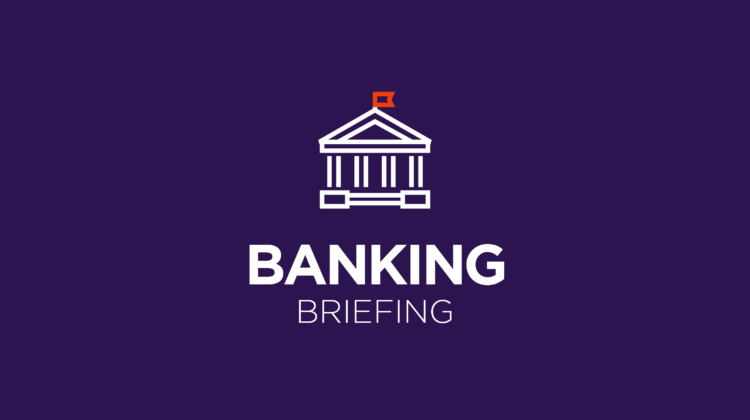Member Exclusive, New banks
Banking Briefing: The SMB/fintech fairytale & what makes a successful challenger bank
- The recent news about Brex could be a cautionary tale for other SMB-focused fintechs.
- Plus, MX's VP of product gives his thoughts on what makes a successful challenger bank








